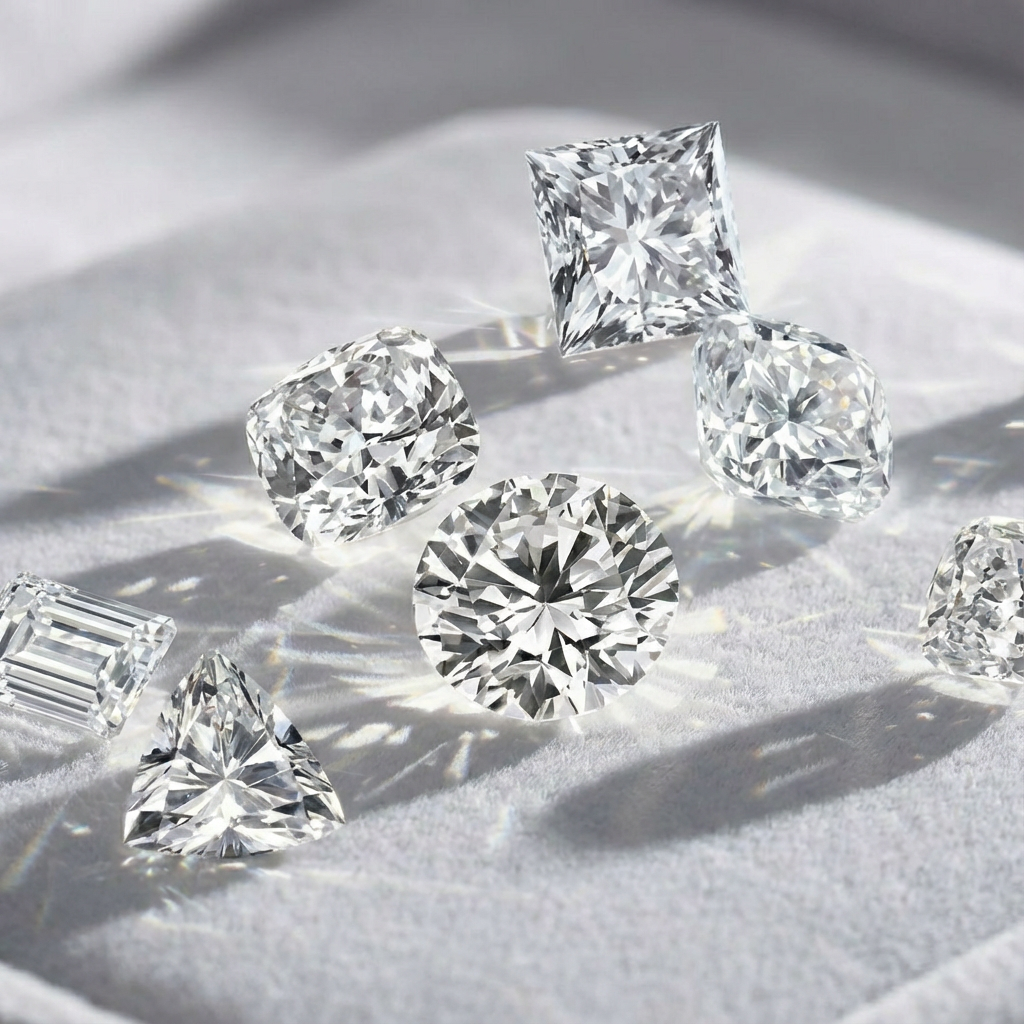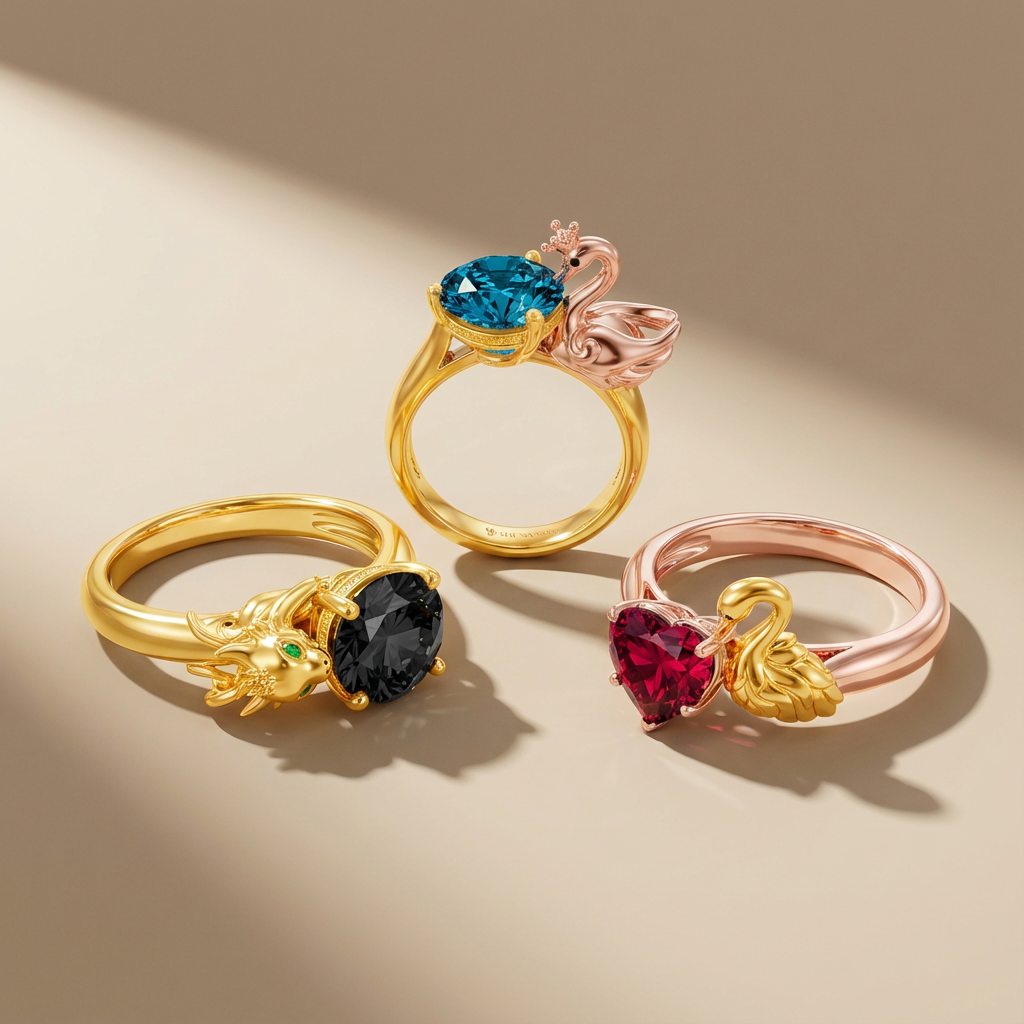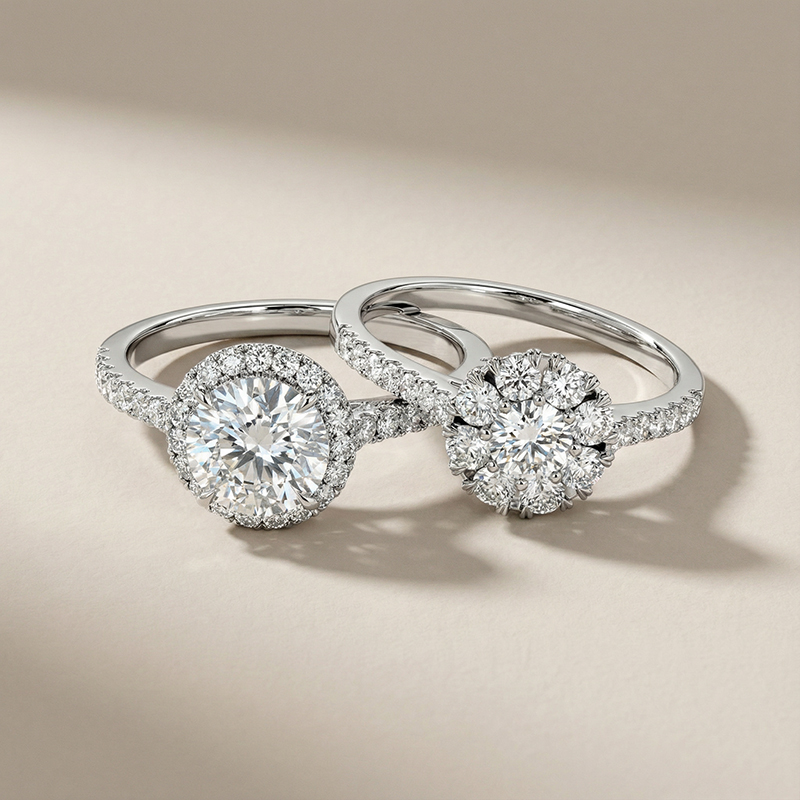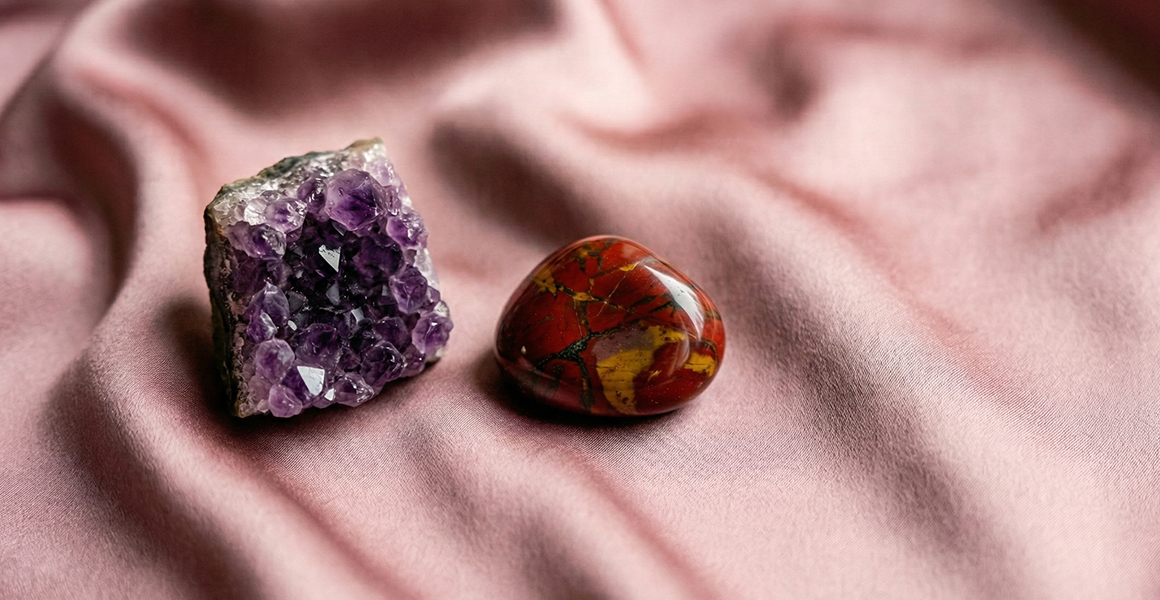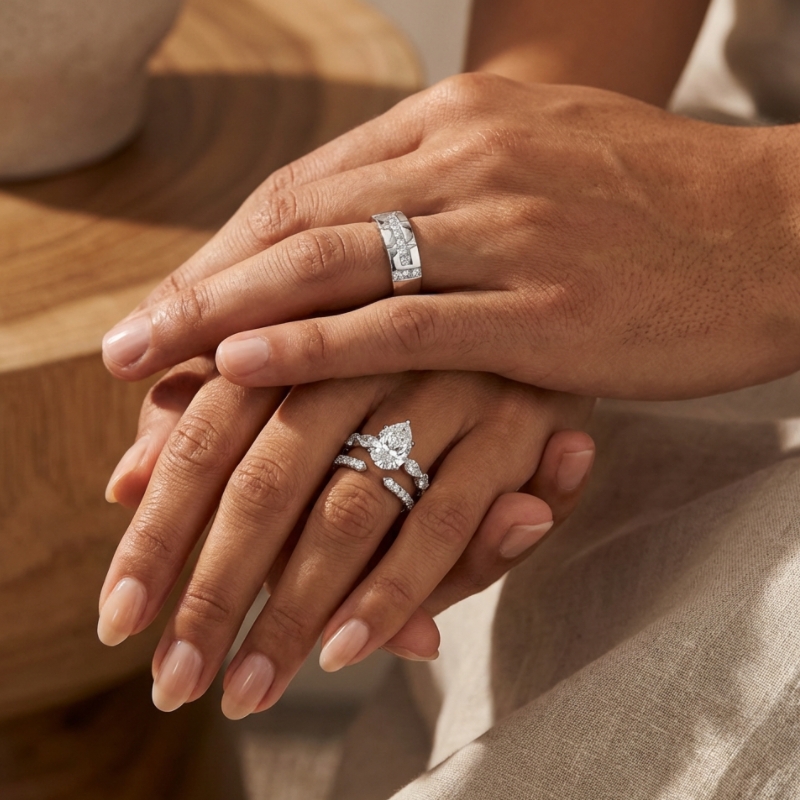In our last blog, we explored six vivid colors found in nature's bountiful topaz palette. From soft pastels to bold hues, each gem revealed unique compositional traits. Today, we continue unveiling topaz's full rainbow by delving into the distinguishing qualities of six additional gem varieties within this versatile stone. Each type showcases topaz's endless spectrum of natural beauty.
Pink topaz
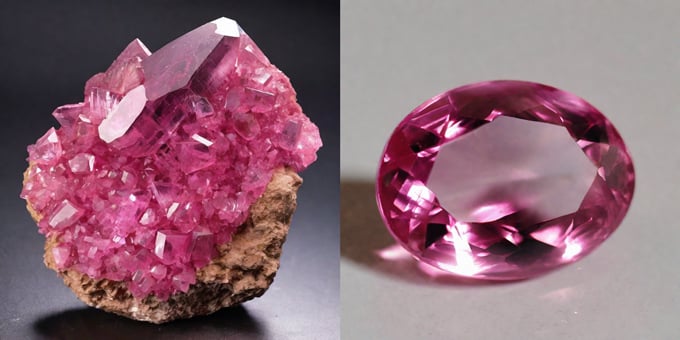
Pink topaz displays a gentle blush to rich rose hues, imparting a soft, romantic aura. Its soothing pink tones are reminiscent of sweet femininity, making it a favorite among those seeking delicate beauty. Originating primarily from mines in Brazil, pink topaz crystals within a single stone often show charming gradients, with paler edges blending into saturated pink cores. Though subtle, these pinkish variations introduce lovely nuances that enhance Topaz’s inherent splendor while retaining its noted sturdiness.
Blue Topaz
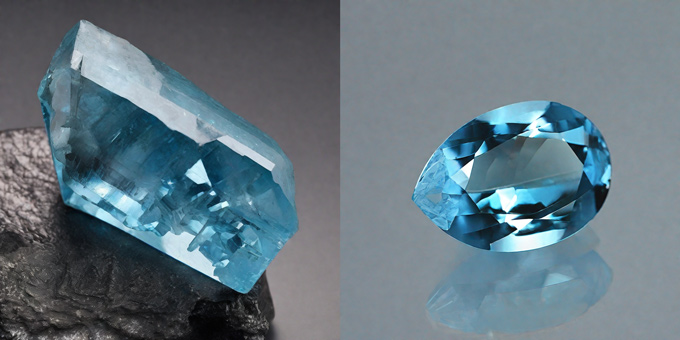
Mimicking the vivid yet calming colors of sea and sky, blue topaz shimmers in varied tones ranging from light periwinkle to midnight navy. The finest blue topaz specimens are sourced from Switzerland, where trace elements impart remarkable crystalline clarity and saturation within the gemstones. Within individual crystals, subtle hue variations resemble the natural shifts seen in the water and the atmosphere, from pale blues fading into rich sapphire depths. These charming nuances further the beauty of blue topaz while cementing its likeness to the vibrant yet soothing hues of the natural world.
Green topaz
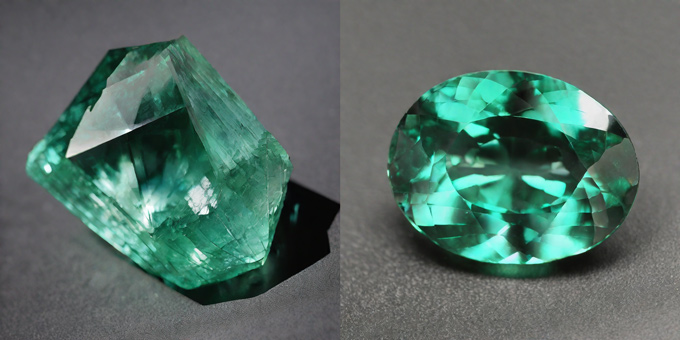
Rare green topaz crystals appear in lustrous hues evoking the renewal of nature, from mint to deep forest shades. Mined primarily in Nigeria, Siberia, and Pakistan, only the most brilliantly saturated stones qualify as true green topaz due to the gem’s scarcity. Besides, within these prized green topaz gems, subtle streaks or flecks of darker pigment mimic the rich diversity of colors seen throughout the plant kingdom. The invigorating emerald tones instill a sense of liveliness and prosperity, imparting properties symbolic of growth for the wearer.
Brown topaz
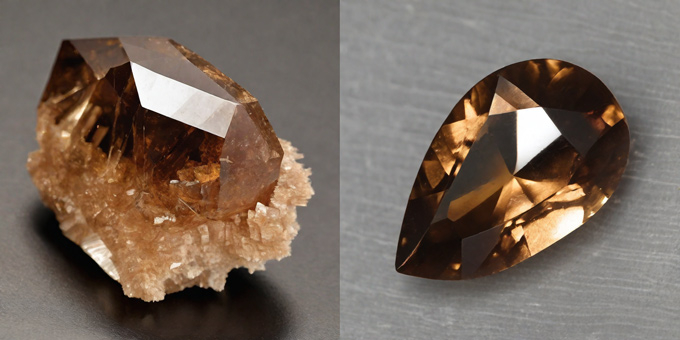
Originating from the iron-rich soils of Australia, Sri Lanka, and Madagascar, brown topaz instills a sense of earthy tranquility. Within individual crystals, warm undertones vary widely from tan to chocolate brown shades. Subtle differences arise even within a single gem, mirroring the diverse hues found in nature. These mellow tones evoke images of rich soil and fallen leaves. This imparts a calming quality, reflecting Topaz’s enduring ability to soothe the mind and spirit with its grounding presence.
Purple topaz
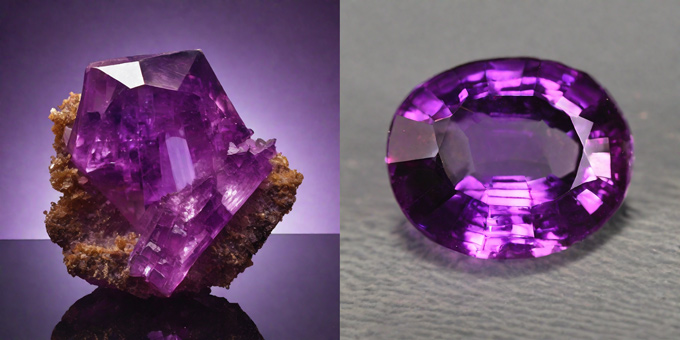
Casting an enchanting aura of royalty, vividly hued purple and lavender topaz remain elusive due to the rarity of their trace mineral formations. Brazil alone harbors the necessary conditions for these mesmerizing gemstones, where specific accumulations impart an amethyst-like radiance. Especially, within prized specimens, light veins fuse imperceptibly into the gem’s misty heart in gradients reminiscent of regal heraldry. Their mystical beauty has enduring appeal, capturing imaginations with the allure of Topaz’s most esteemed colors.
Colorless topaz
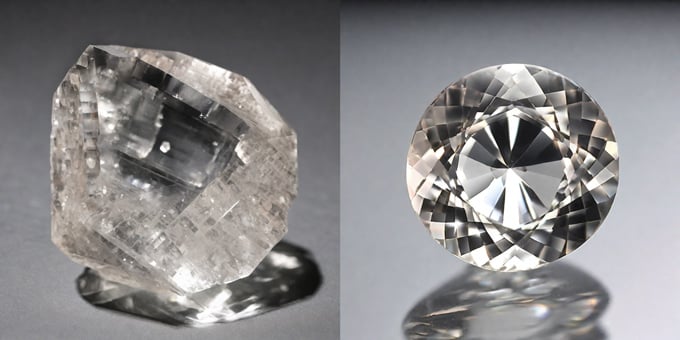
Colorless topaz, also called white topaz, is the most abundant natural variety found globally. Major sources are Brazil, Sri Lanka, Madagascar, and Russia. The color ranges from completely clear to very pale white. Besides, transparent specimens are highly valuable as the raw material for artificially coloring topaz into rare blue and pink hues through heat treatment. Furthermore, both clear and white stones display simplicity through near-transparency, beautifully capturing light when faceted or in tapering crystal forms.
What causes the colors?

We’ve explored Topaz’s magnificent array of colors, from soft pastels to vivid hues. But what causes the rainbow assortments of topaz? That is because of certain elemental substitutions within the gemstone’s aluminum silicate crystalline structure. Minor replacements of aluminum by other cations, such as chromium, vanadium, or manganese, are responsible for distinctive shades. For example, blue topaz owes its azure to chromium, while pink arises from vanadium or manganese. Nature crafts diverse tones from trivial molecular differences, as seen in Topaz’s stunning rainbow palette.


